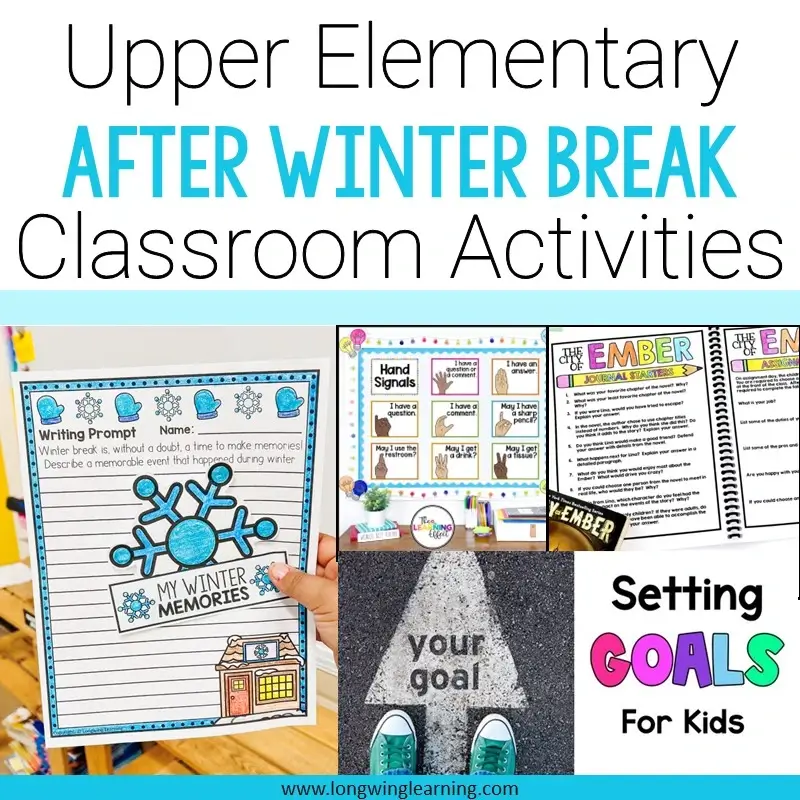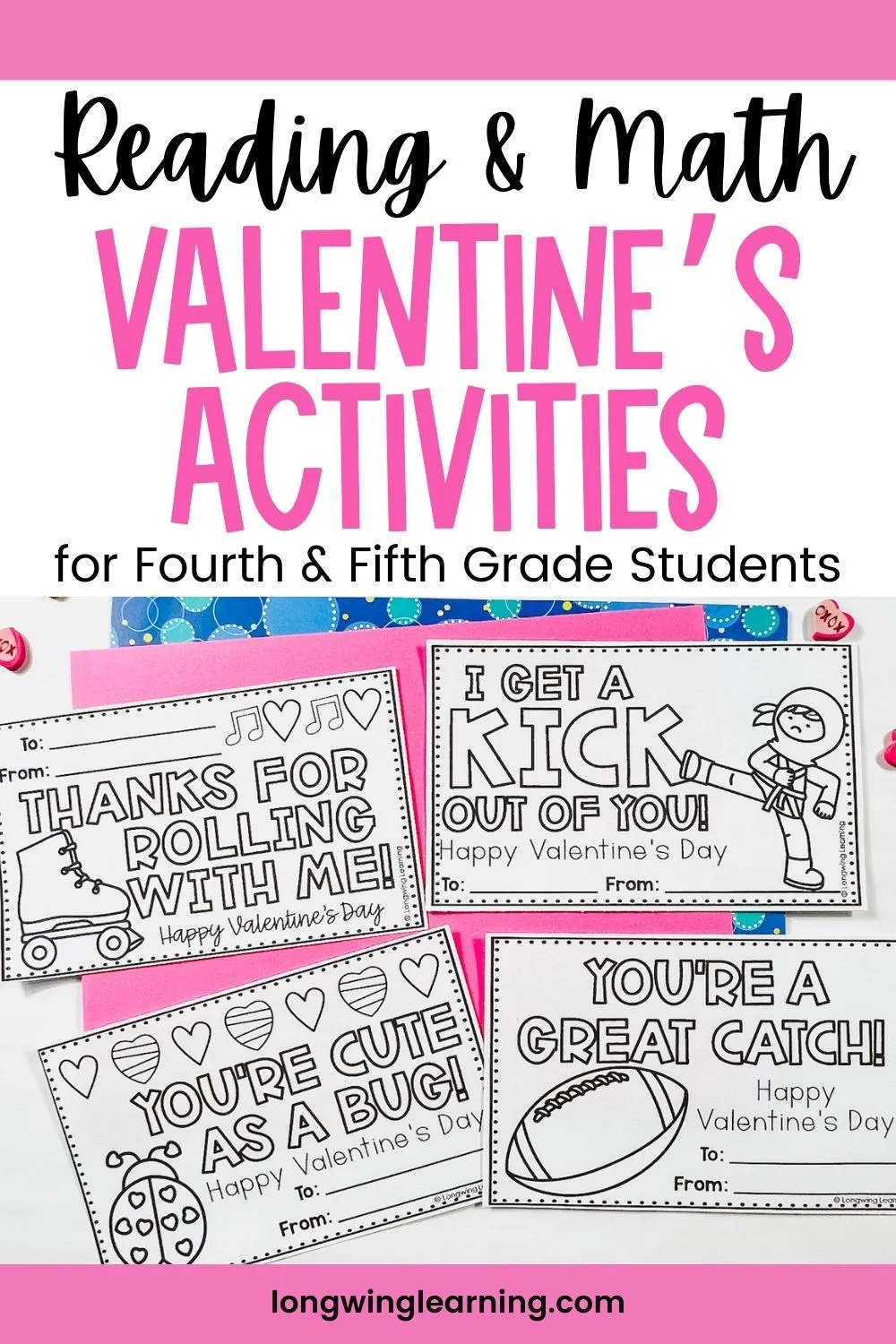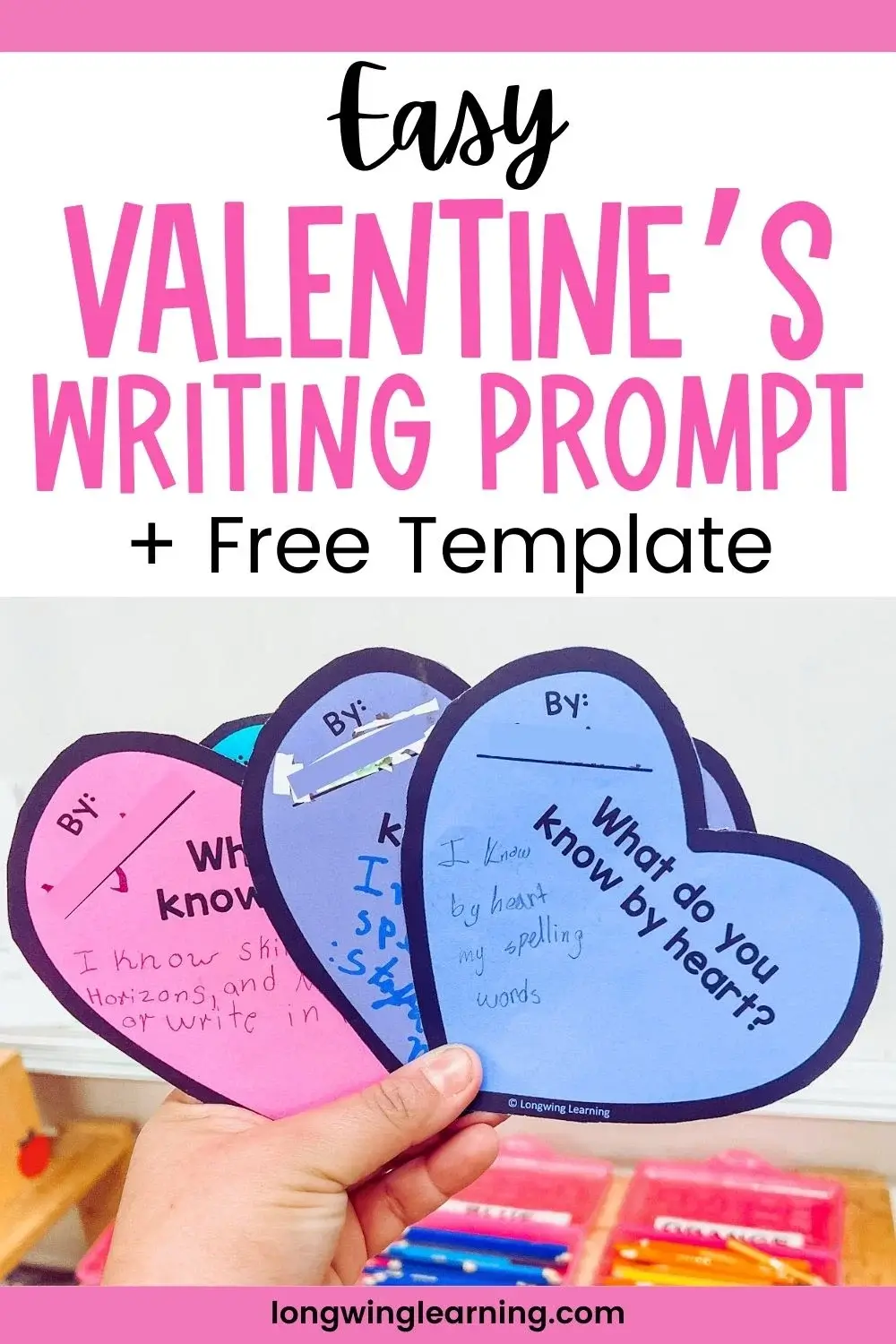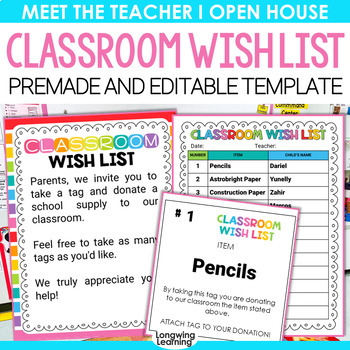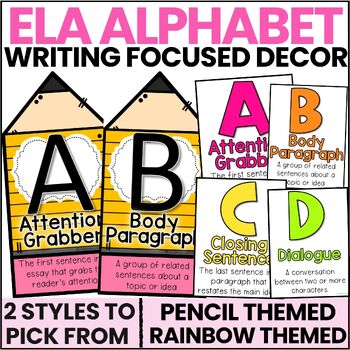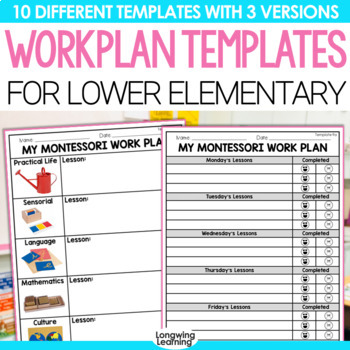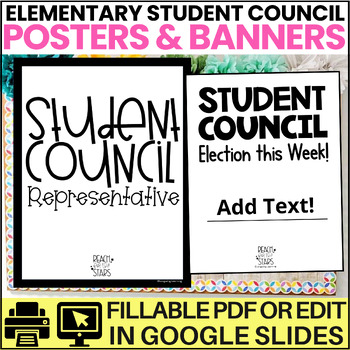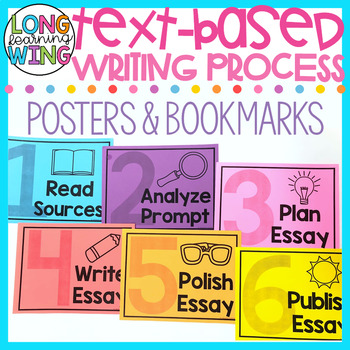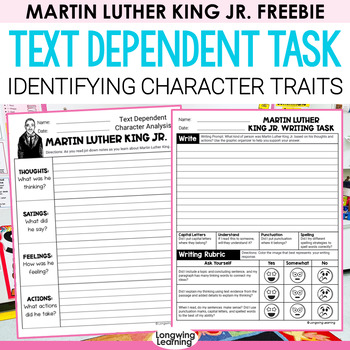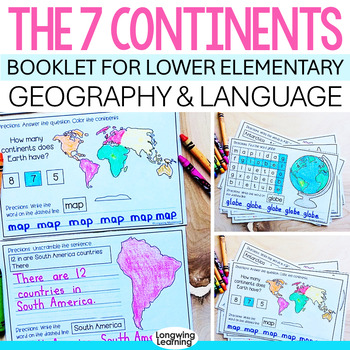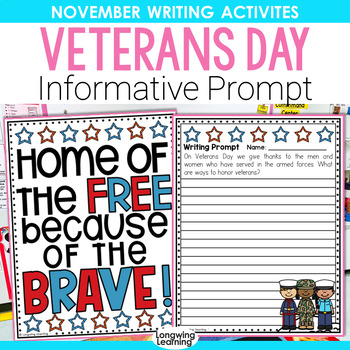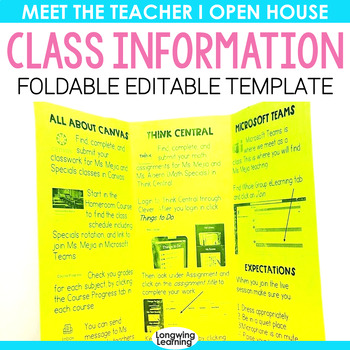Teaching topic sentences to 4th and 5th graders can feel like an uphill battle.
How do you help students create a strong topic sentence that introduces the main idea without diving straight into details from the text?
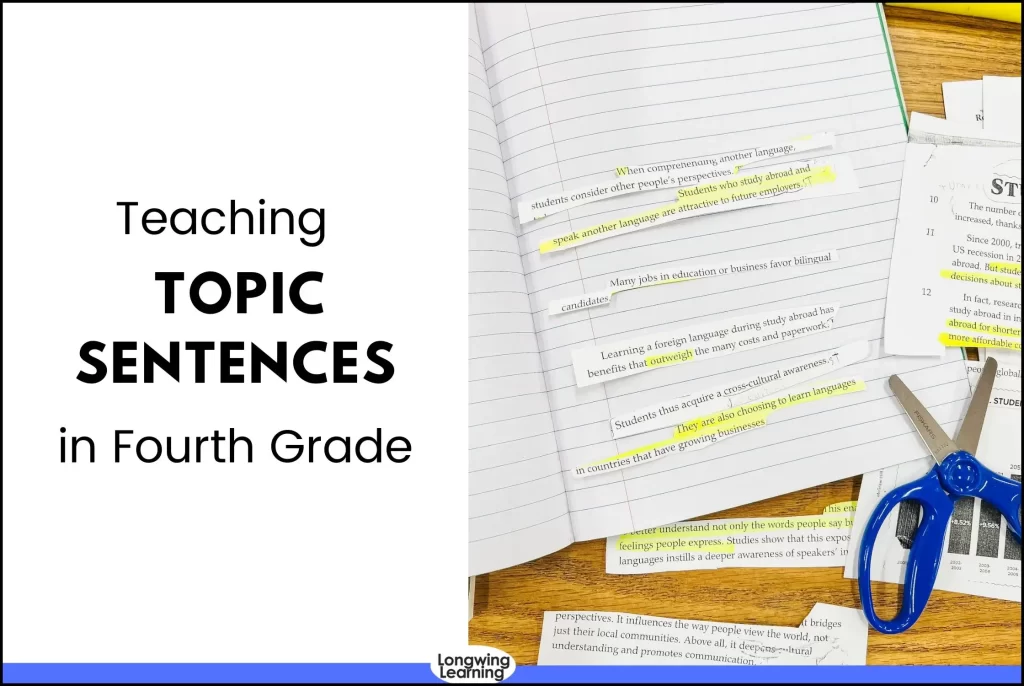
You’re not alone if your students have trouble writing clear, focused topic sentences for a constructed response or a text-dependent analysis essay.
It’s a common problem among upper elementary students to use specific details from the text as their topic sentences.
I’ve seen it countless times: students use details from the text as the main idea of the paragraph instead of writing an effective topic sentence that encompasses those details.
One way to help students grasp how to write strong topic sentences is to make the thought process visible by using graphic organizers and a hands-on approach.
By students cutting and pasting the passage, teachers can demonstrate each step clearly, helping them see the writing process and make sense of it for themselves.
When I began teaching topic sentences hands-on, it was like a lightbulb that went off for many students.
In this post, I’ll share the two tried-and-true writing strategies I use for teaching topic sentences and helping students create solid topic sentences to set up the main points of their body paragraphs.
These writing strategies made a huge difference in my classroom, and the best part is I know they’ll help your students, too!
What Is a Topic Sentence?
Let’s start by clarifying the meaning of a topic sentence before getting into the teaching topic sentence.
A topic sentence is the first sentence of a body paragraph. It grabs the reader’s attention and guides them through the following ideas.
What a Topic Sentence Is:
- A Clear Statement: It expresses the paragraph’s main idea.
- General Enough: It provides a broad idea that details can support.
- Guiding: It helps the reader understand what to expect in the paragraph.
- Concise: It is typically one sentence long and gets straight to the point.
- Relevant: It relates directly to the overall thesis statement or purpose of the writing.
What a Topic Sentence Is Not:
- A Detail: It should not include specific examples or details from the text.
- A Question: It should be a statement, not phrased as a question.
- Irrelevant Information: It should not stray from the paragraph’s main idea.
- Too Vague: It should not be so broad that it becomes unclear or meaningless.
- An Opinion: While it can express a viewpoint, it should hint at the evidence or examples that will follow to support that opinion.
- A Fragment: It should be a complete sentence, not just a phrase or a closing sentence.
Teaching Topic Sentences to Upper Elementary Students
Now that we have a base for teaching topic sentences, let’s move on to the writing strategy.
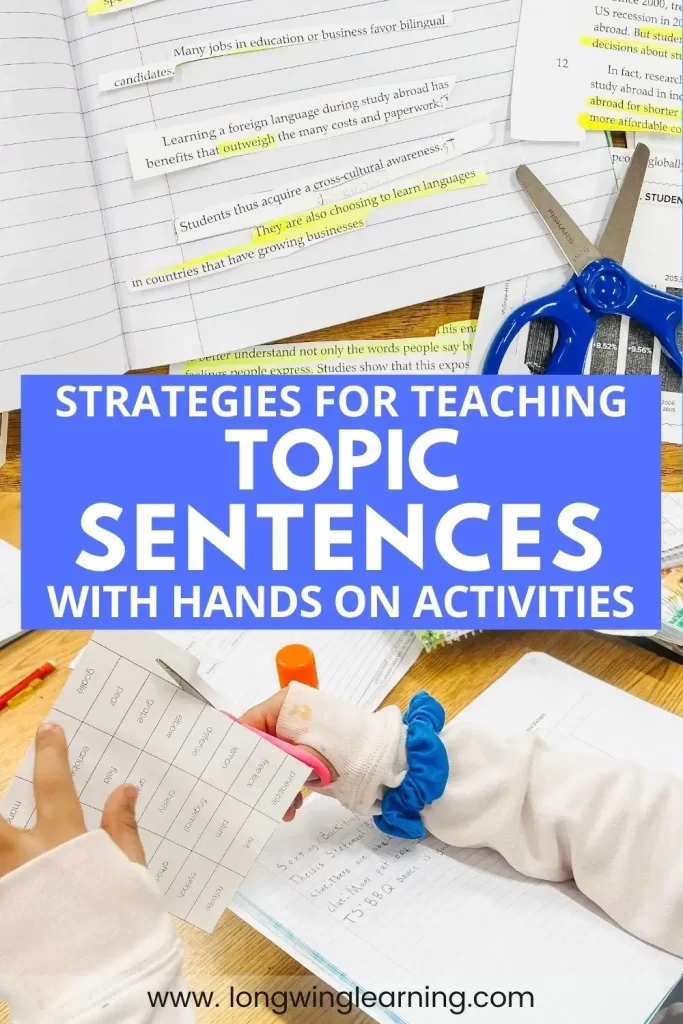
Strategy 1: Grouping Words and Sorting Them into Categories
When students write topic sentences for an essay, they group ideas to make paragraphs.
To make the process visible, I begin with a simple word-sorting activity.
This activity also provides a way to discuss how students can approach writing.
Then, explain that this is similar to the work they will be doing when writing.
Here’s how this writing lesson gets carried out in the classroom.
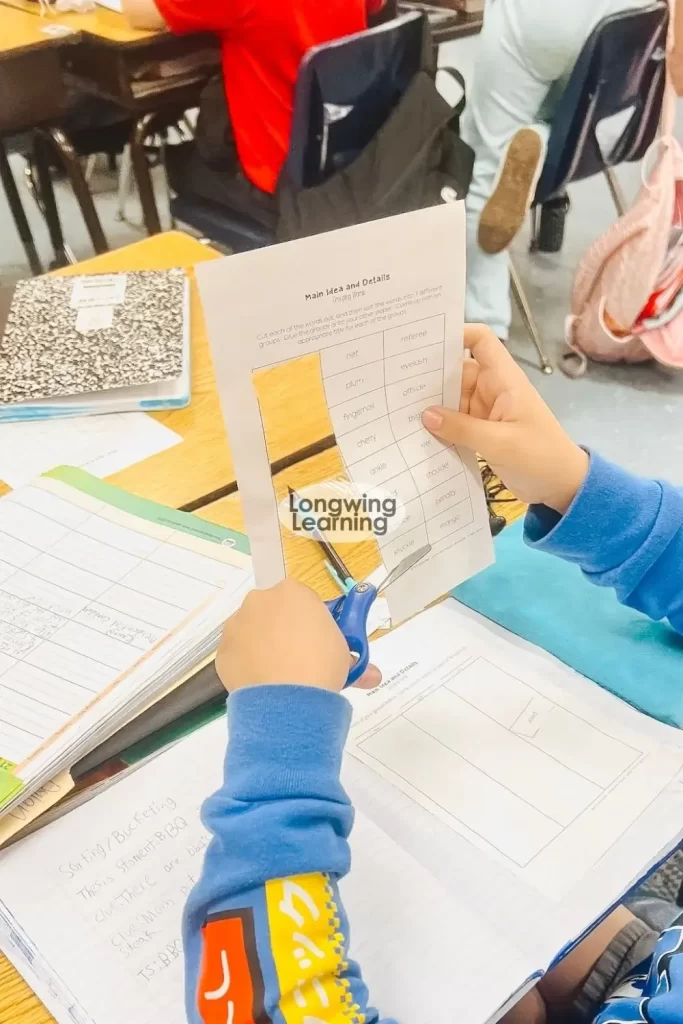
First, I gave my students a set of words and directed them to separate the words into three categories.
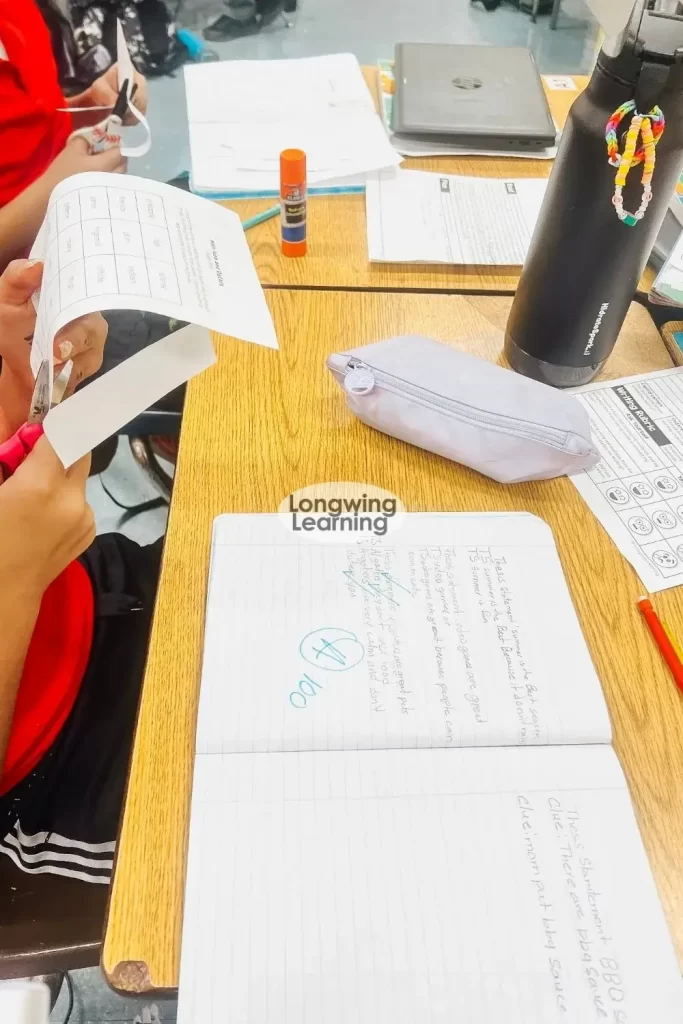
Next, they wrote a title for each category. The titles must be general statements that serve as their topic sentences for the group of words.
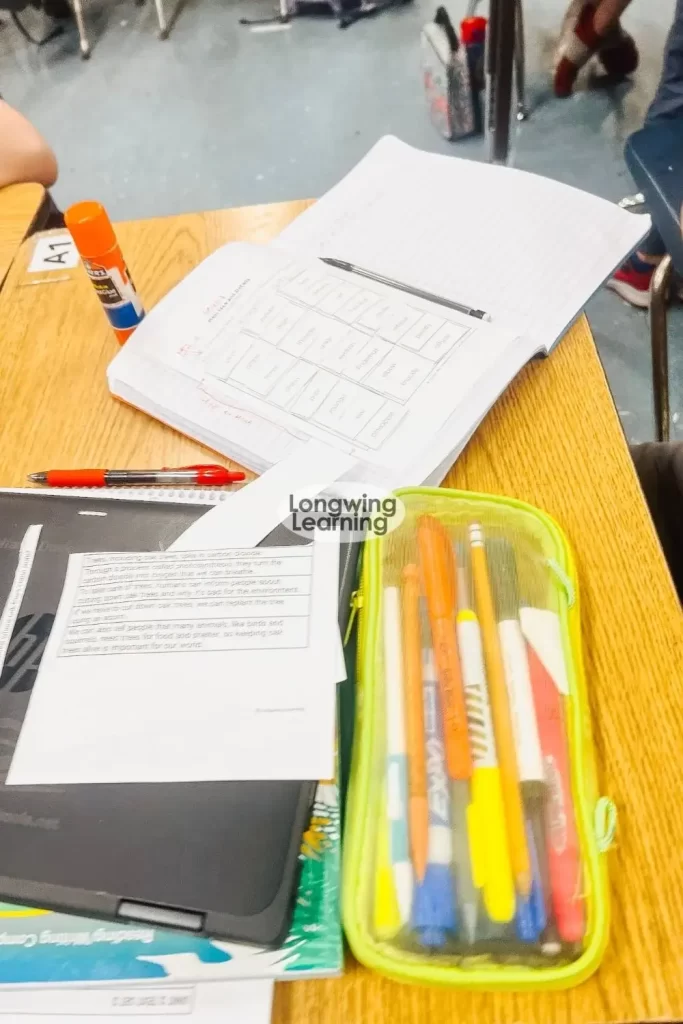
Since this task involved just words, it felt less intimidating for the students, and they were more willing to participate.
After the activity, I explained the connection to writing by pointing out that the words they sorted resembled the details in a paragraph, and the titles they gave were equivalent to a strong topic sentence.

Categorizing words and naming groups helped them understand that a topic sentence is a general statement, not a specific detail.
Strategy 2: Grouping Sentences by Sorting Them into Categories
Next, we moved on to sorting sentences using a short paragraph.
The steps students took here are similar to the process they followed in the word-sorting activity.
For this exercise, I used my nonfiction writing practice worksheets, which focused on the writing prompt: Why are oak trees important?
Here is a glimpse of the writing lesson.
First, students read the sentences from the passage.
Then, they cut each sentence and decided which was relevant to the informational paragraph they were creating.
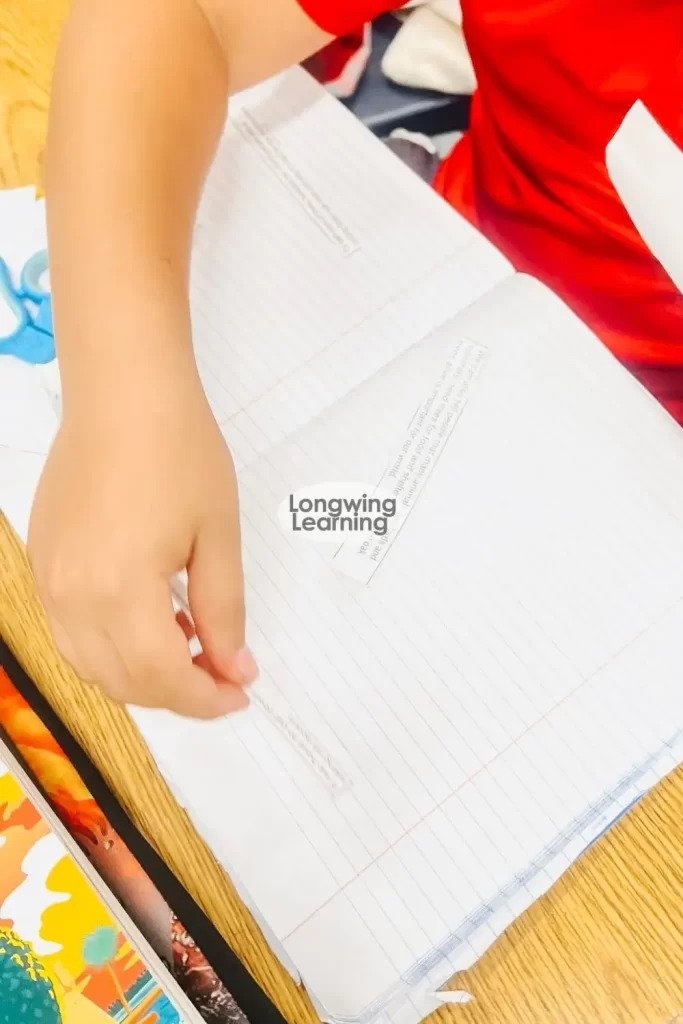
Next, they grouped the sentences based on the different topics each sentence addressed.
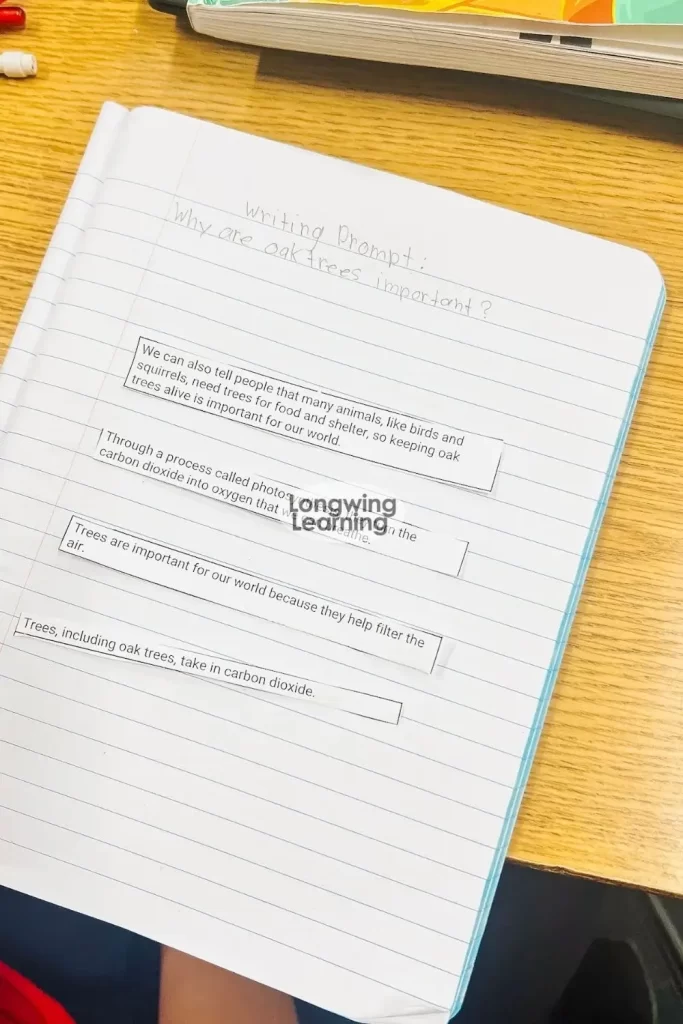
For example, one sentence was about oak trees cleaning the air, and another was about animals needing oak trees for shelter.
At the end of this activity, students had grouped their sentences by topic.
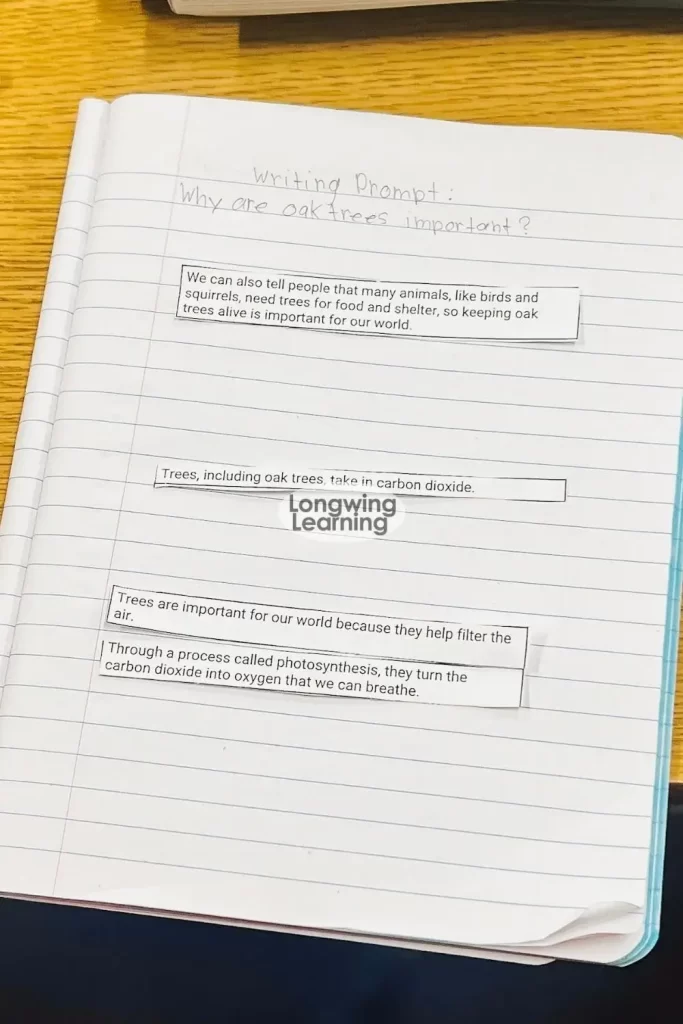
I explained that just as they had given titles to the word categories earlier, they needed to write a title that would capture the topic for each group of sentences.
Strategy 3: Teaching Topic Sentences Using the What/Why Strategy
Once students had their groups of sentences, it was time to write the topic sentences.
To do this, we used the What/Why Strategy.
The What/Why Strategy helps students write topic sentences related to the thesis statement.
In this Strategy, the “what” gives the reader the topic, and the “why” tells why this topic is important or how it connects to the bigger picture.
Here is an example:
• What: Oak trees clean the air.
• Why: This is important because clean air helps us breathe.
This exercise illustrates how to create a good topic sentence that supports the main idea.
Topic sentence: Oak trees clean the air, which helps people breathe.
First, students ask themselves what the paragraph is about. This helps students identify the topic, which is the first part of the sentence.
To complete the sentence, they ask themselves how important the topic is to the question to explain its significance.
After grouping sentences about how oak trees clean the air, students wrote the topic sentence: Oak trees help clean the air.
The topic sentence for the sentence group about animals was: Oak trees provide shelter for animals.
By the end of the lesson, students have a planning sheet that includes a strong topic sentence and supporting ideas.
Differentiating Activities for Teaching Topic Sentences
As students became comfortable writing topic sentences, I gradually increased the difficulty by giving them longer passages and more complex writing prompts.
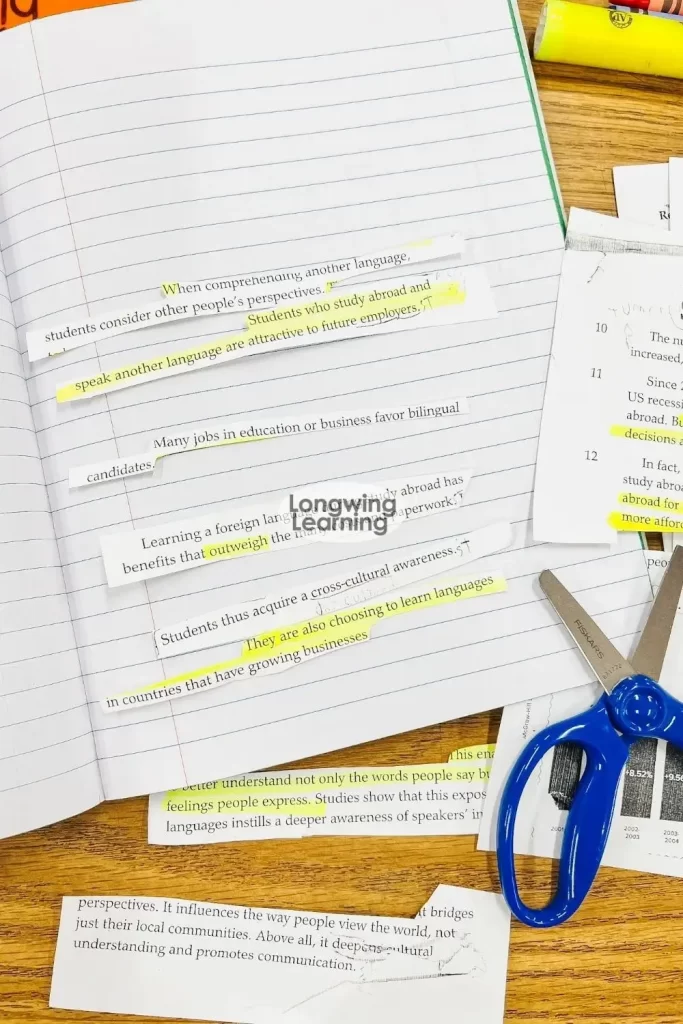
For those who still needed help, I placed them in small groups, and we continued using the hands-on method of cutting and grouping sentences.
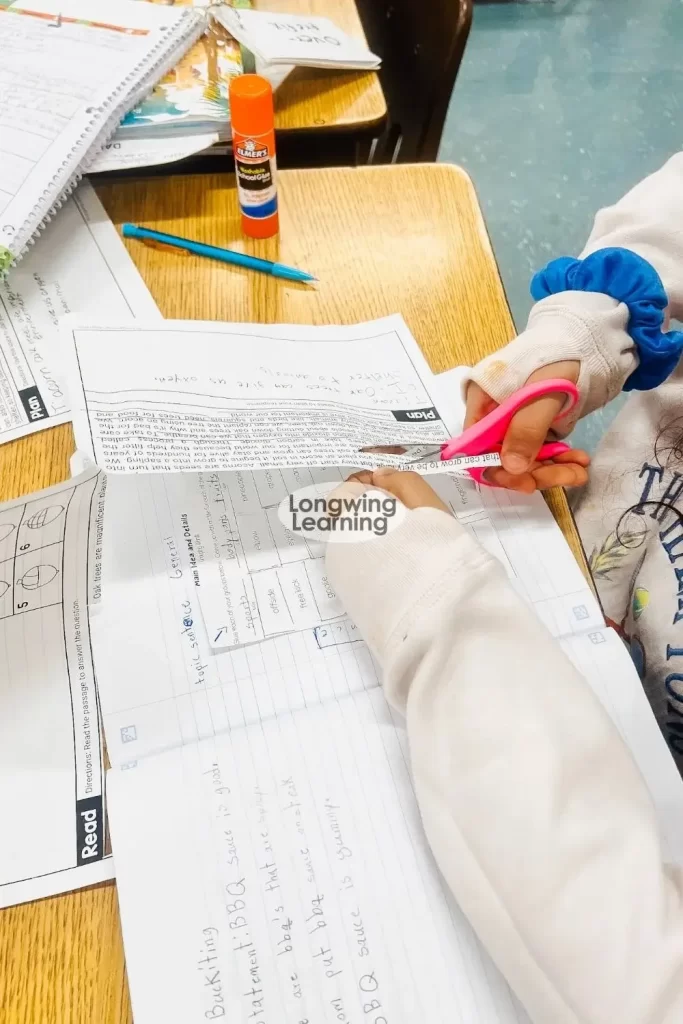
For others, I challenged them to group ideas without cutting and write topic sentences in different ways on paper.
Teaching Topic Sentences Takeaways
Teaching students to write topic sentences is about helping them organize what they are reading using a structured procedure to help them organize their responses.
Using hands-on strategies like sentence sorting, students can visualize how to group information to create a topic sentence.
Over time, they will internalize these strategies to the point they no longer need to cut the sentences. Instead, they will be able to plan straight on paper.
Want to try these writing strategies in your classroom?
Download these writing practice worksheets to help your students write strong topic sentences!
Need More Writing Lesson Ideas? Check These Out!
- Teaching Introduction Paragraphs with an Easy Fun Fall Twist
- How to Help Students in 4-5 Analyze a Writing Prompt
- How to Explain Text Evidence to Boost Writing Skills in 4th Grade: A Writing Strategy
- 4 Lesson Plan Ideas on How to Add Details to Writing in 4th Grade
- 8 Easy Ways to Use Elaboration Anchor Charts For Teaching Writing








